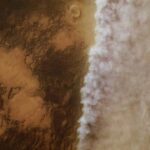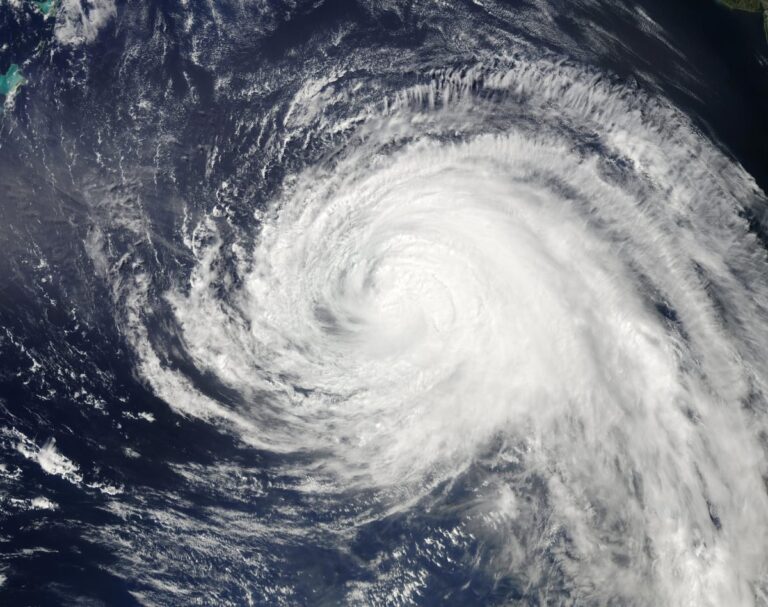NASA’s Curiosity rover has uncovered fascinating geological formations on Mars, shedding light on the planet’s mysterious past. As part of its ongoing mission, the rover captured a stunning 360-degree panorama before departing the Gediz Vallis channel, a site it explored for over a year. Now, Curiosity is gearing up to investigate the enigmatic boxwork formations, potentially revealing crucial clues about ancient water activity and conditions that may have once supported microbial life.Exploring Mars’ Intriguing Boxwork Formation
The rover’s next mission is a months-long journey to a unique Martian feature known as the boxwork—a sprawling network of weblike patterns stretching across the planet’s surface. This formation, believed to have been created by minerals settling into rock fractures and hardening, spans 6 to 12 miles (10 to 20 kilometers) near the towering 3-mile-high Mount Sharp.Before heading to the boxwork, Curiosity bid farewell to the Gediz Vallis channel, a region marked by late-stage water activity.
Scientists are particularly intrigued by how this channel formed during Mars’ transition to a drier climate. Curiosity’s observations also revealed unexpected sulfur stones, adding to the puzzle of Mars’ ancient environment.Traces of Ancient Water on MarsThe Gediz Vallis channel offers a glimpse into Mars’ wetter past.
Located at the base of Mount Sharp, this region is thought to have experienced rivers, wet debris flows, and dry avalanches, providing evidence of water activity even as the planet dried up billions of years ago.Scientists are piecing together a timeline of events using Curiosity’s data, including features like “Pinnacle Ridge,” a debris mound visible in the rover’s 360-degree panorama.
These findings could help reconstruct the Red Planet’s environmental history and shed light on its potential to harbor life.Unveiling the Sulfur MysteryOne of the most surprising discoveries in the Gediz Vallis channel is a field of pure sulfur stones. Initially appearing as light-colored terrain in images from NASA’s Mars Reconnaissance Orbiter (MRO), these stones were too small for the orbiter’s high-resolution camera to detect. When Curiosity crushed one of the stones, it revealed yellow crystals inside—confirmed by onboard instruments to be pure sulfur.On Earth, sulfur is typically associated with volcanoes or hot springs, but no evidence of these processes exists on Mount Sharp.
“This sulfur field is a puzzle we’re eager to solve,” said Ashwin Vasavada, Curiosity’s project scientist.Decoding Mars’ Spiderweb-Like BoxworkViewed from space, the boxwork formations resemble spiderwebs etched into Mars’ surface. Scientists believe these structures formed as the planet’s last pulses of water carried minerals into rock fractures, which later hardened and resisted erosion.Similar formations are found in caves and cliffs on Earth, but Mars’ boxwork formations are unique because they developed as the planet was losing its water.
“These ridges likely contain minerals that crystallized underground with salty liquid water,” explained Kirsten Siebach, a Curiosity scientist from Rice University. Such an environment could have been hospitable to early Earth microbes, making this exploration particularly exciting.Curiosity’s Legacy and Future MissionsSince its landing in 2012, Curiosity has traveled over 20 miles (33 kilometers), capturing invaluable data about Mars’ history. Managed by NASA’s Jet Propulsion Laboratory, the rover continues to push the boundaries of planetary exploration.
With its upcoming study of the boxwork formations, Curiosity is set to unravel more mysteries of Mars’ ancient environment and its potential to support life.The discoveries made by Curiosity not only deepen our understanding of Mars but also bring us closer to answering one of humanity’s most profound questions: Are we alone in the universe?

















+ There are no comments
Add yours